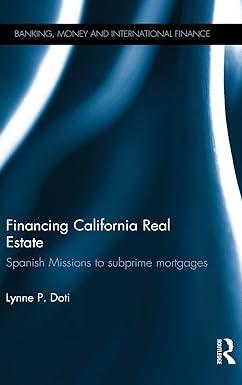Question
Teddy Bower is an outdoor clothing and accessories chain that purchases a line of parkas at $22 each from its Asian supplier. Unfortunately, at the
Teddy Bower is an outdoor clothing and accessories chain that purchases a line of parkas at $22 each from its Asian supplier. Unfortunately, at the time of order placement, demand is still uncertain. Teddy Bower forecasts that its demand is normally distributed with mean of 3,000 and standard deviation of 1,100. Teddy Bower sells these parkas at $56 each. Each unsold parka has a salvage value of $12. Now suppose Teddy Bower found another supplier in the U.S. that can produce parkas very quickly but at a higher price than Teddy Bowers Asian supplier. Hence, in addition to parkas from Asia, Teddy Bower can buy an unlimited quantity of additional parkas from this American supplier at $35 each after demand is known.
a) Given the opportunity to order from the American supplier at $35 per parka after demand is known, what order quantity from its Asian supplier now maximizes Teddy Bowers expected profit, i.e., optimal first order quantity?
b) Given the order quantity in part a), what is Teddy Bowers expected profit? [Hint: expected profit = maximum profit mismatch cost, where maximum profit = (p-c)* ]
Step by Step Solution
There are 3 Steps involved in it
Step: 1

Get Instant Access to Expert-Tailored Solutions
See step-by-step solutions with expert insights and AI powered tools for academic success
Step: 2

Step: 3

Ace Your Homework with AI
Get the answers you need in no time with our AI-driven, step-by-step assistance
Get Started


